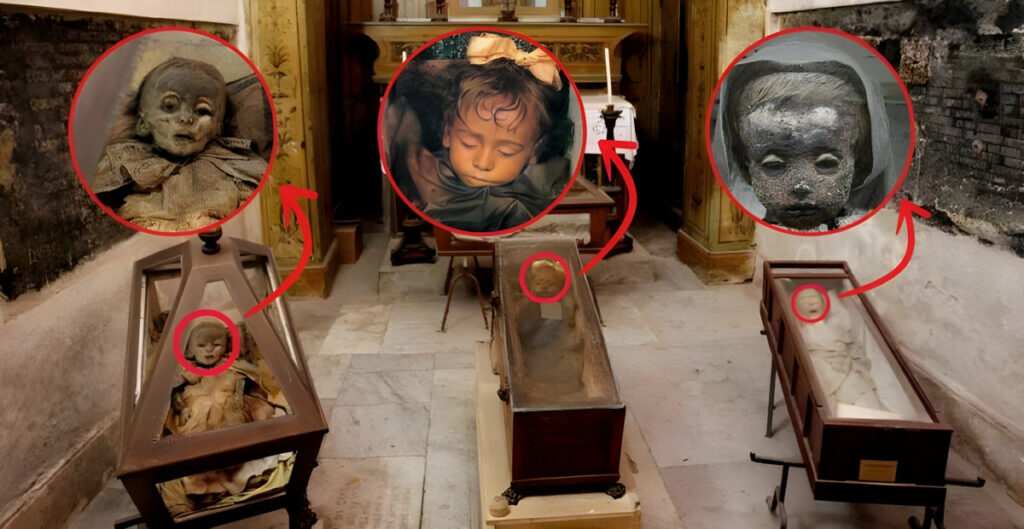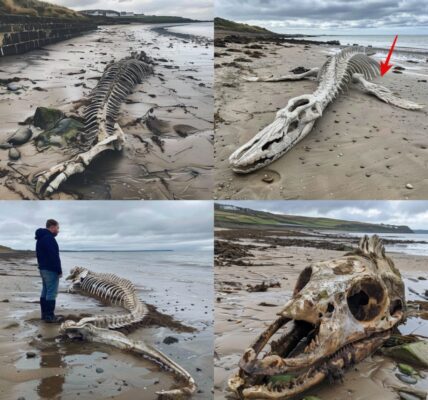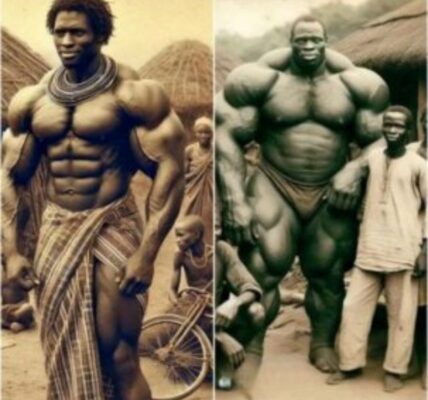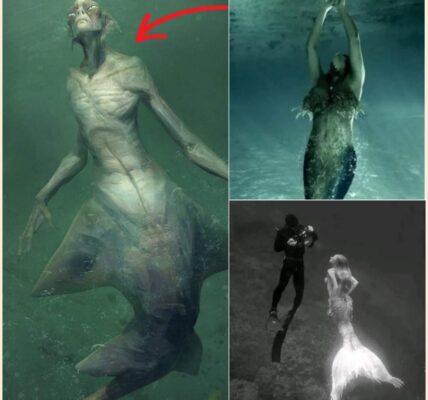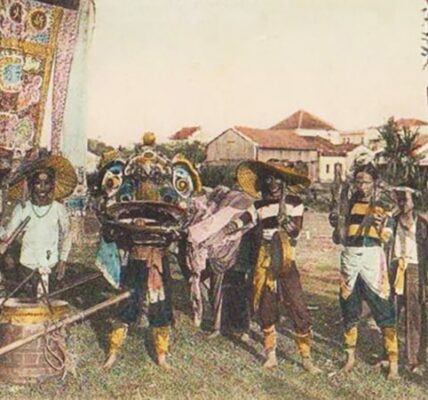Researchers are trying to unravel the mystery surrounding the life and death of mummified children in the Capitoline Catacombs of Palermo, in the interior of Sicily.
Researchers from Staffordshire University in Eppan will examine the 41 child mummies in the Children’s Room of the Catacombs. In total, however, there are around 163 children at the sacred site.
Lead researcher Dr. Kirsty Square told Insider that researchers will use invasive X-ray technology to examine the young mummies in the catacombs starting next week.
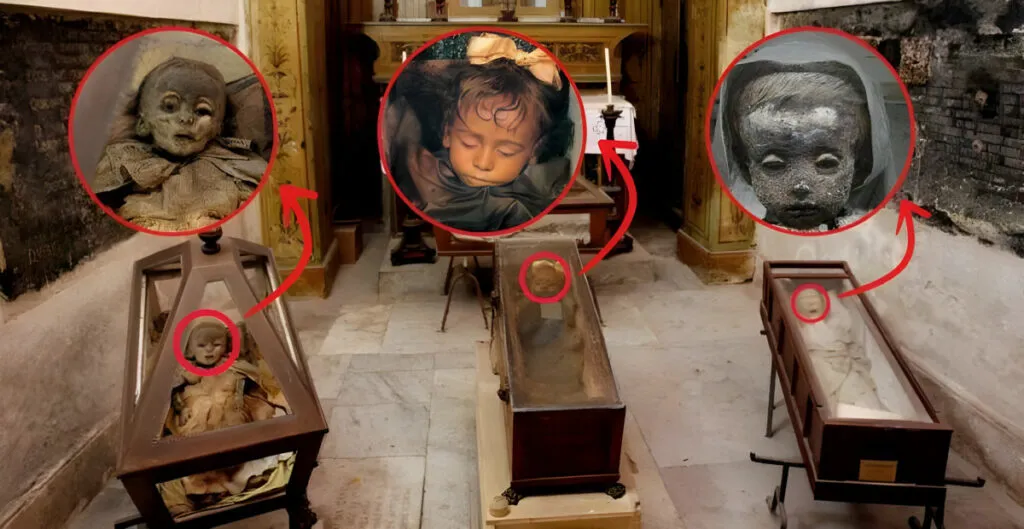
Adult bodies in the catacombs have been the main focus of investigation in previous studies, researchers said in a video posted to YouTube in July. The new study of child mummies aims to explore the lives and identities of children in the Capitoline Catacombs — and find out why they were placed there.
Squarers said investigators work closely with the Capuchin monks who oversee the catacombs to conduct ethical and respectful research.
“There are many ethical considerations when researching children’s remains,” Squareres said.
One of those considerations is the use of X-ray technology instead of invasive and controversial techniques like atopy. The photos from the catacombs will be reserved for scientific work and will not be posted on social media, and researchers will not release any identifying information about the children, Squareres said.
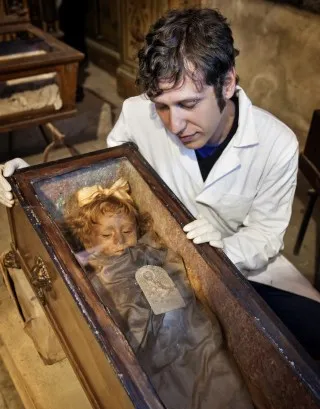
Artist Edvard Munch will paint sketches and images from outside the catacombs to distribute publicly, Squires added.
“They will be used as informational materials,” she said. “This medium was chosen because some may come across photos of deceased children.”
The Catacombs of Capchiqui were built in 1599 as a repository for previously buried and naturally mummified murderers. However, later, wealthy and prominent figures were also mummified and placed here as a status symbol, according to the Catacombs of Capchiqui website.
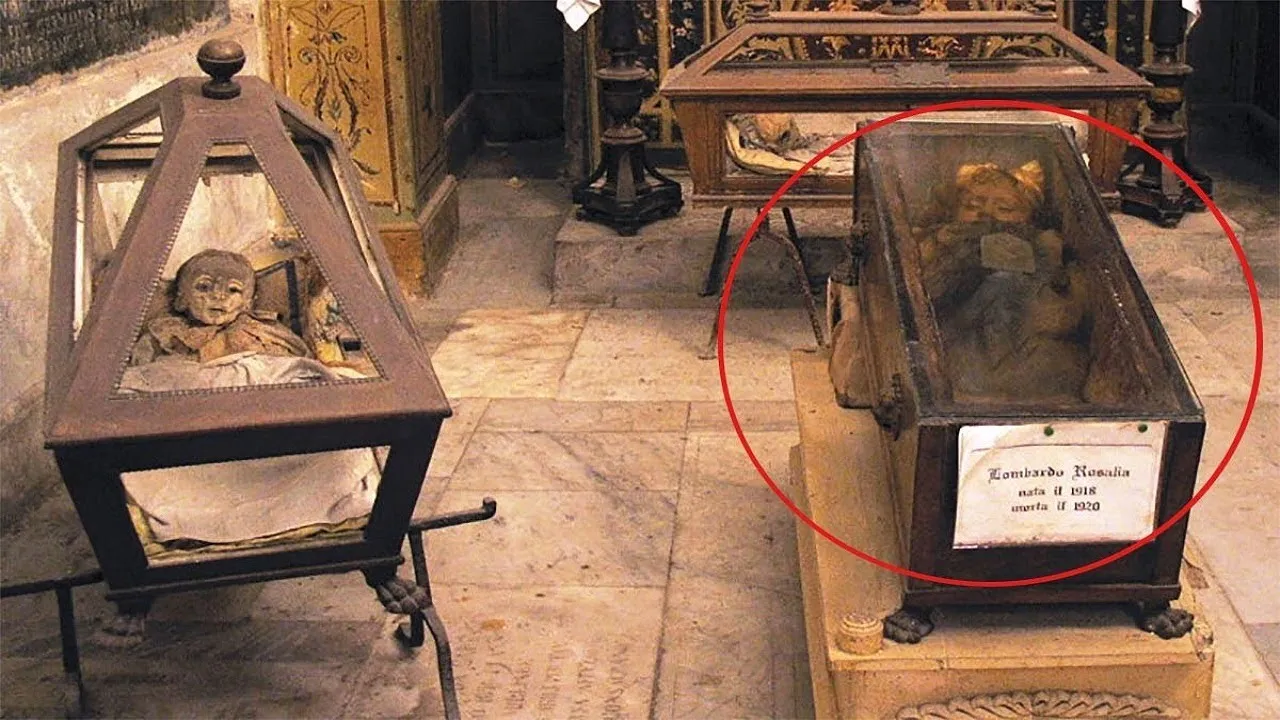
According to National Geographic, the catacombs are home to some of the best-preserved mummies in the world. Today, the site operates as a tourist attraction and houses approximately 1,284 bodies with few dates of death. Some of the bodies are mummified and others partially skeletonized, some are on display and others lie in coffins.
